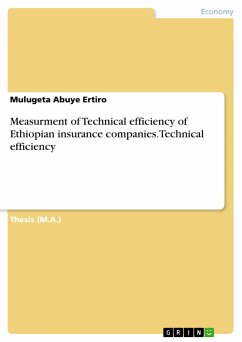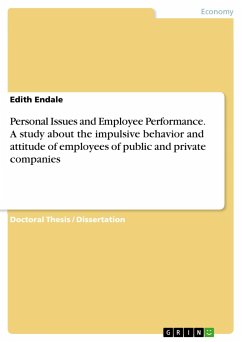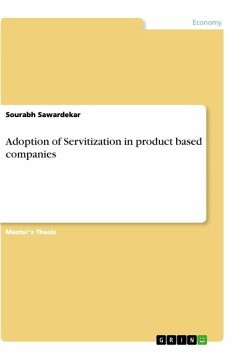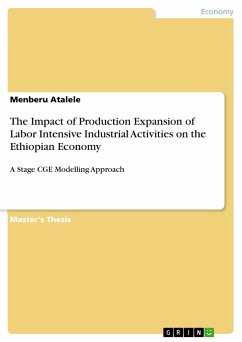Thesis (M.A.) from the year 2012 in the subject Business economics - Investment and Finance, grade: MSc in Finance and Investment, Mekelle University (Business and economic college), language: English, abstract: This study was conducted in Ethiopian insurance companies in order to measure the technical efficiency using DEA input oriented approach under both constant and variable return versions and Malmquist index output oriented approach in the period 2006-2010. In the first stage, the relative technical efficiency is estimated with data envelopment analysis (DEA) to establish benchmarking company, then, they are ranked according to their technical efficiency. Mann whiney- U test in the second stage was used to determine the factors affecting efficiency. The concept of efficiency concerns is an insurer's ability to produce a given set of outputs (such as premiums and investment income) via the use of inputs such as administrative and general expenses and financial capital. The insurance company is said to be technically efficient if it cannot reduce its input usage without some corresponding reduction in outputs, given the current state of production technology in the industry. The technical efficiency of Ethiopian insurance companies during the study period was 86.7%, 97.1% and 84.9% in technical efficiency, pure technical efficiency and scale efficiency, respectively. The productivity change shows Ethiopian insurance companies were quite well in efficiency change rather than technological change. It suggested that it is better to employ advanced technology to be efficient in competitive environment. So it is advisable Ethiopian insurance companies are better-off to follows the best practicing firms in the industry. The economic implications arising from findings were also considered.
Hinweis: Dieser Artikel kann nur an eine deutsche Lieferadresse ausgeliefert werden.
Hinweis: Dieser Artikel kann nur an eine deutsche Lieferadresse ausgeliefert werden.








